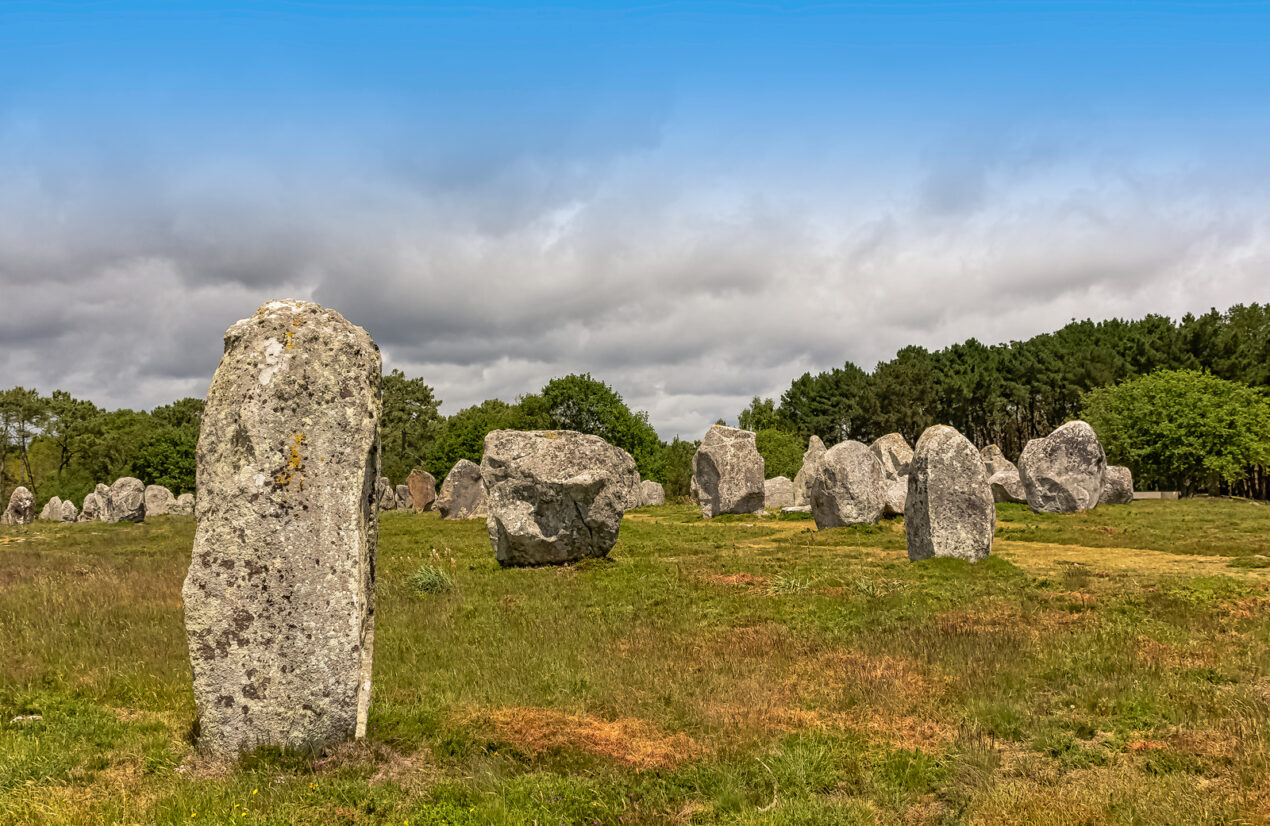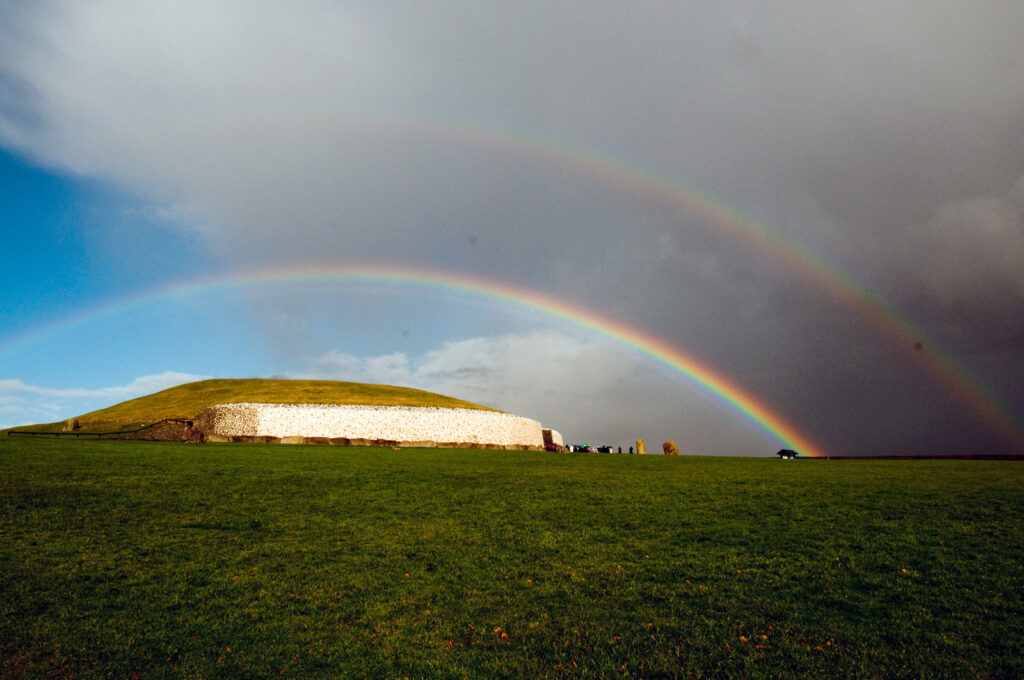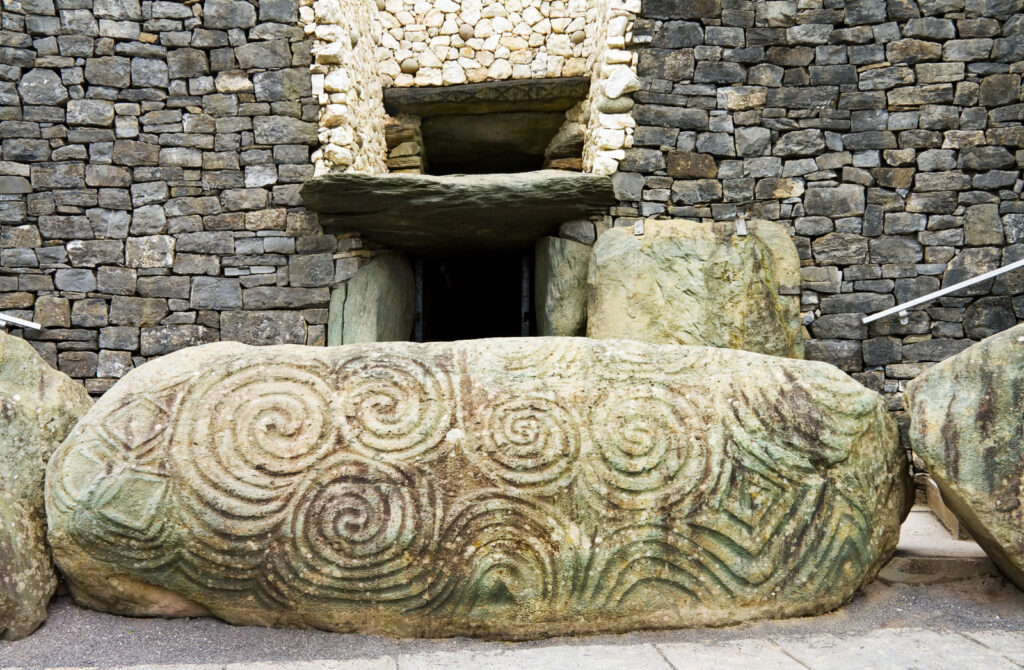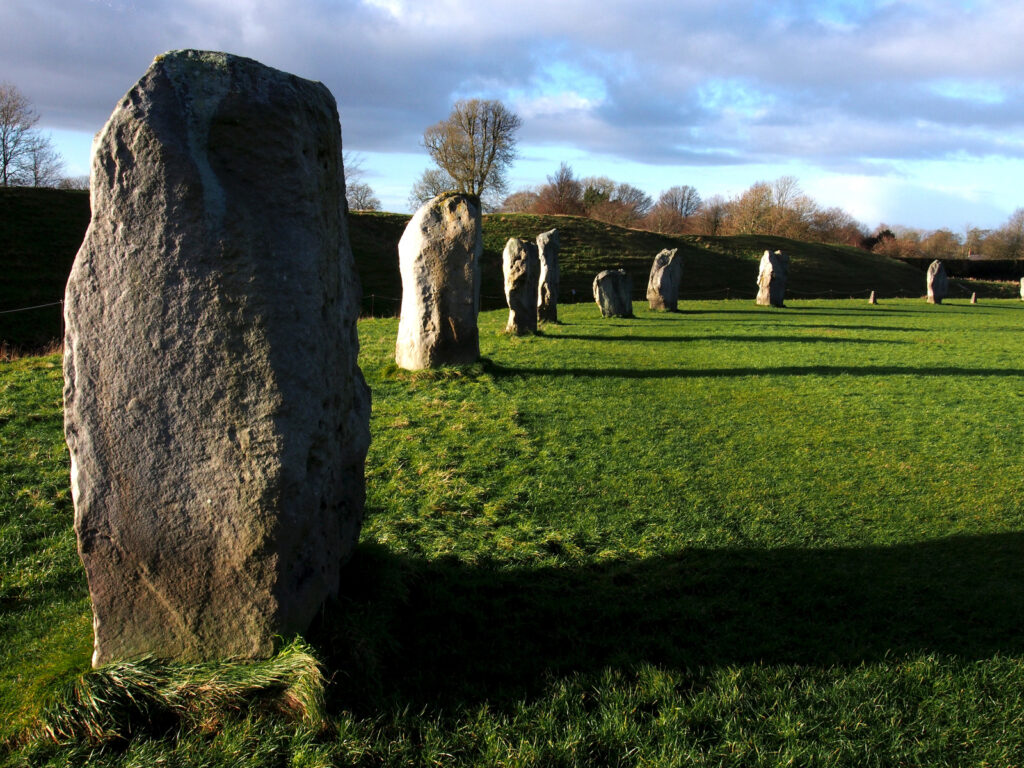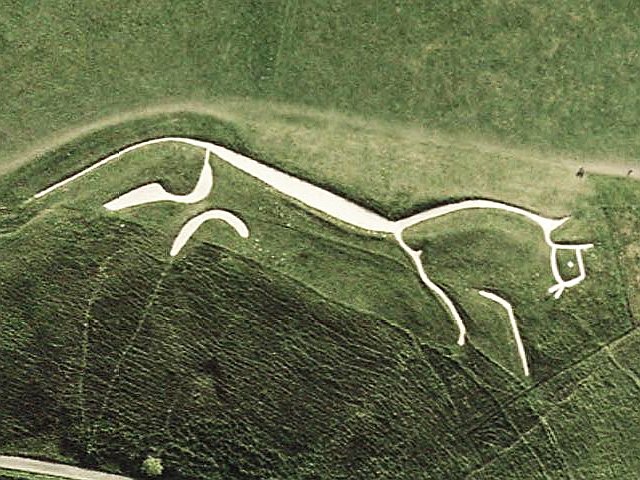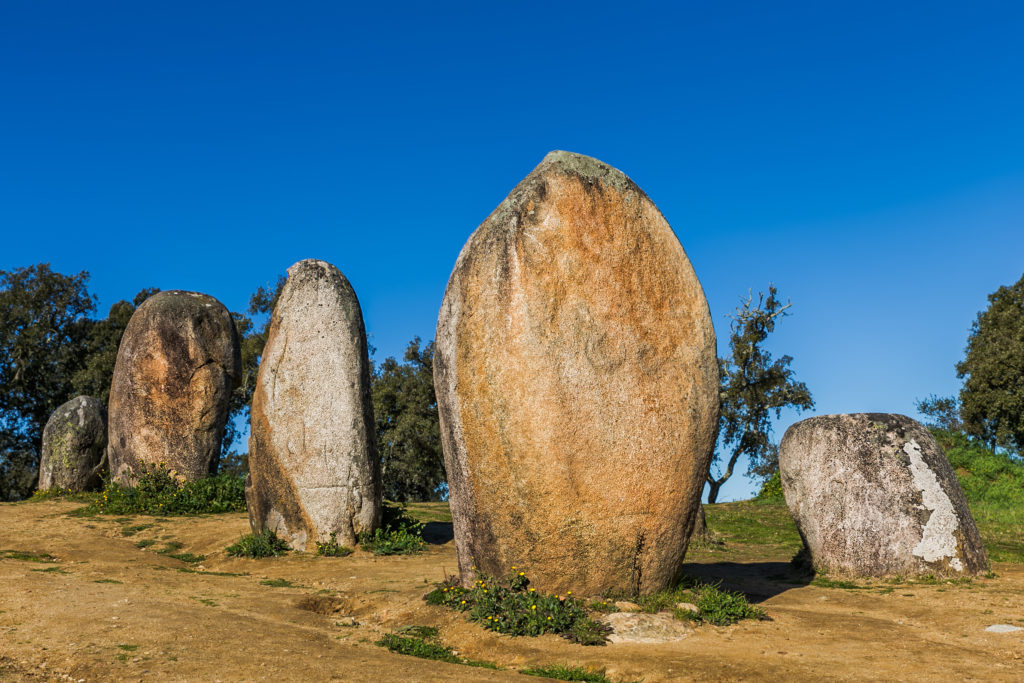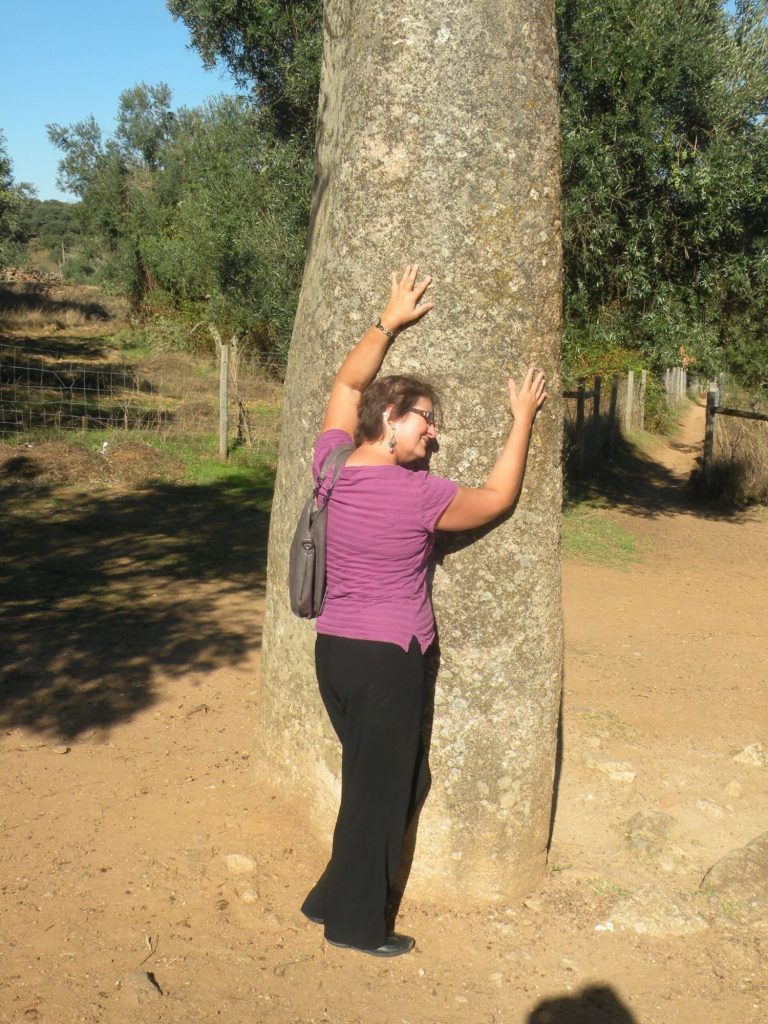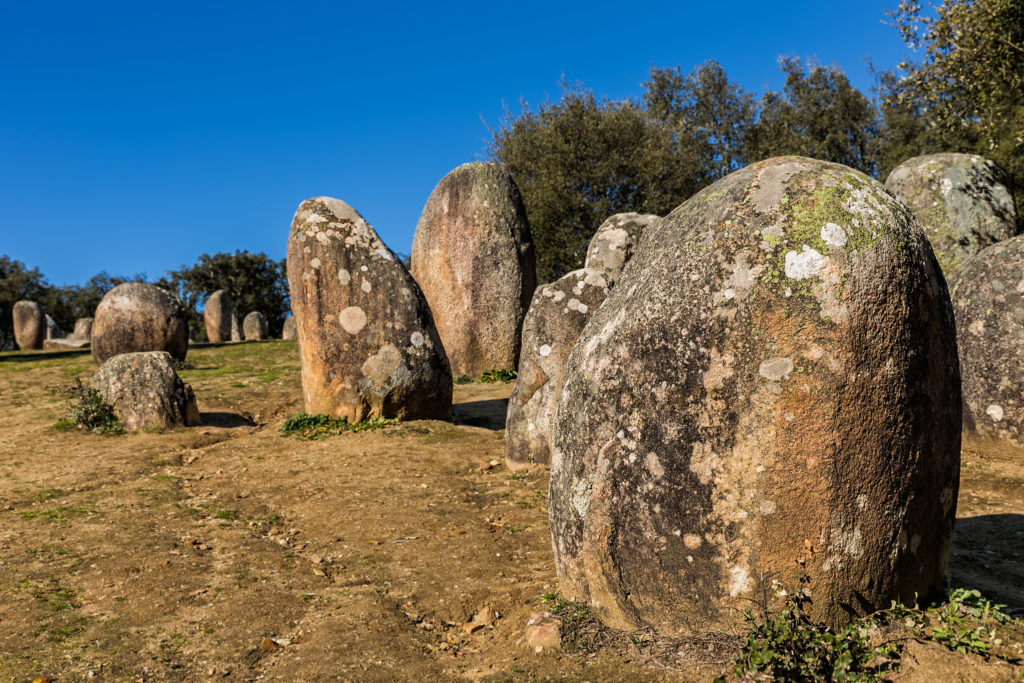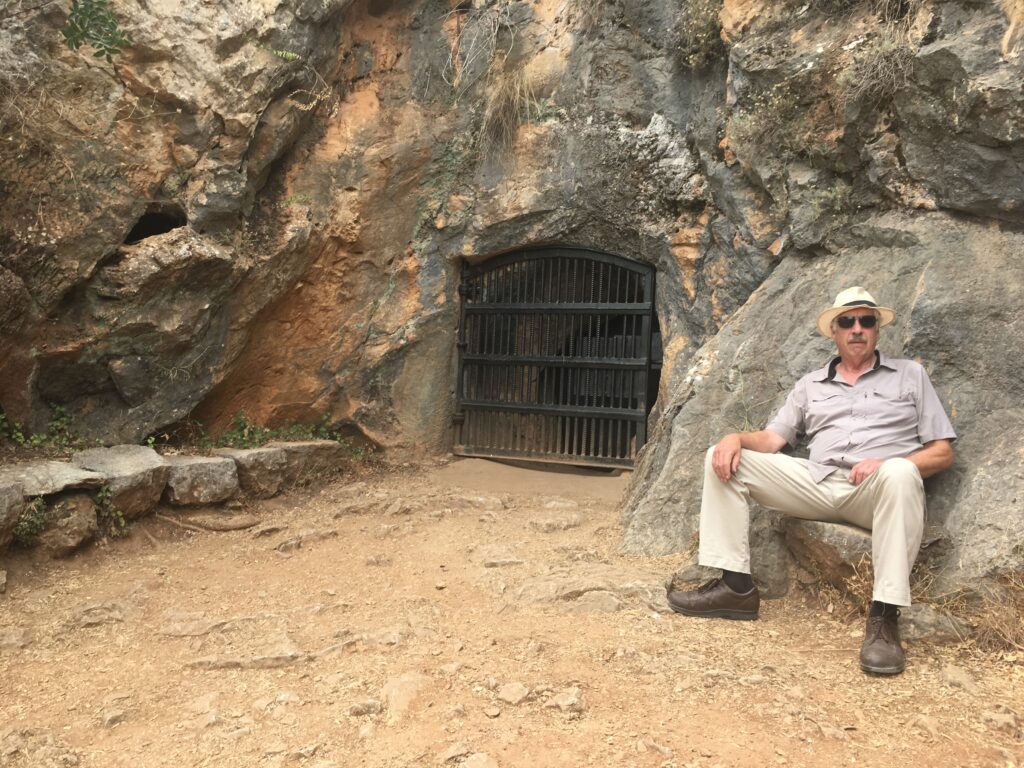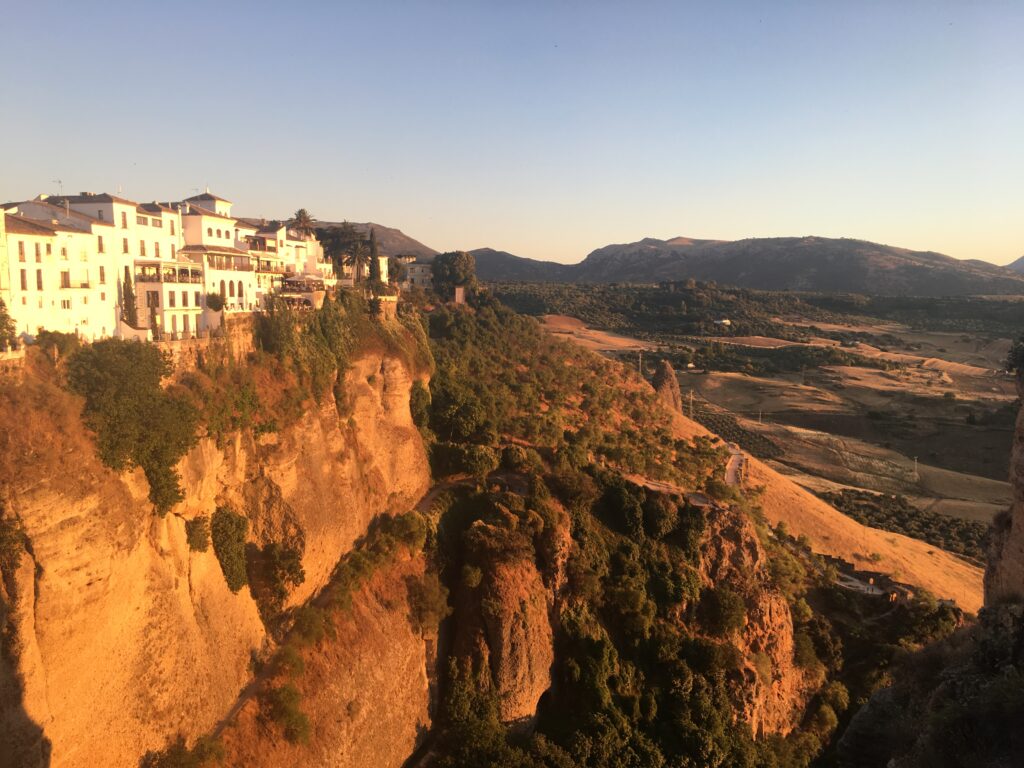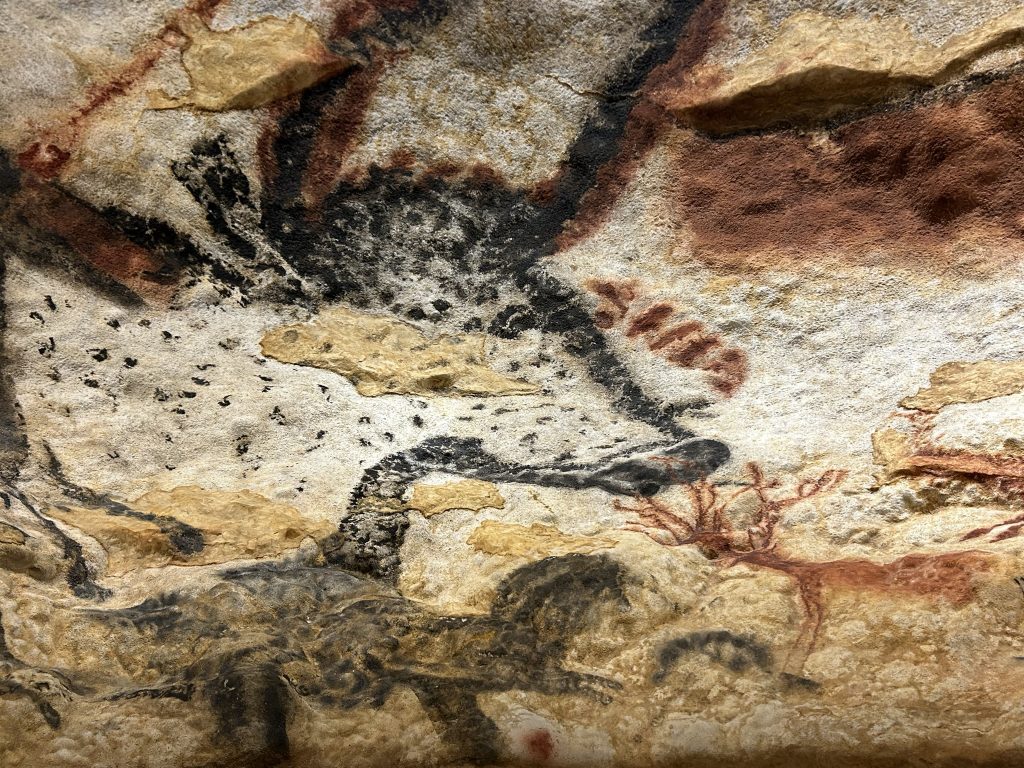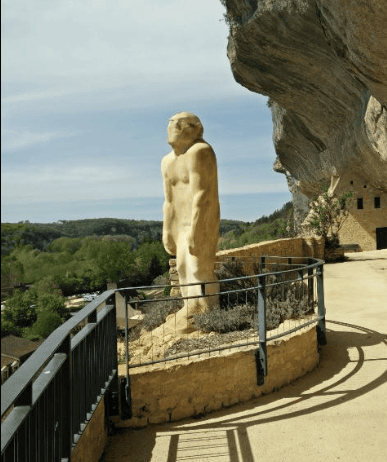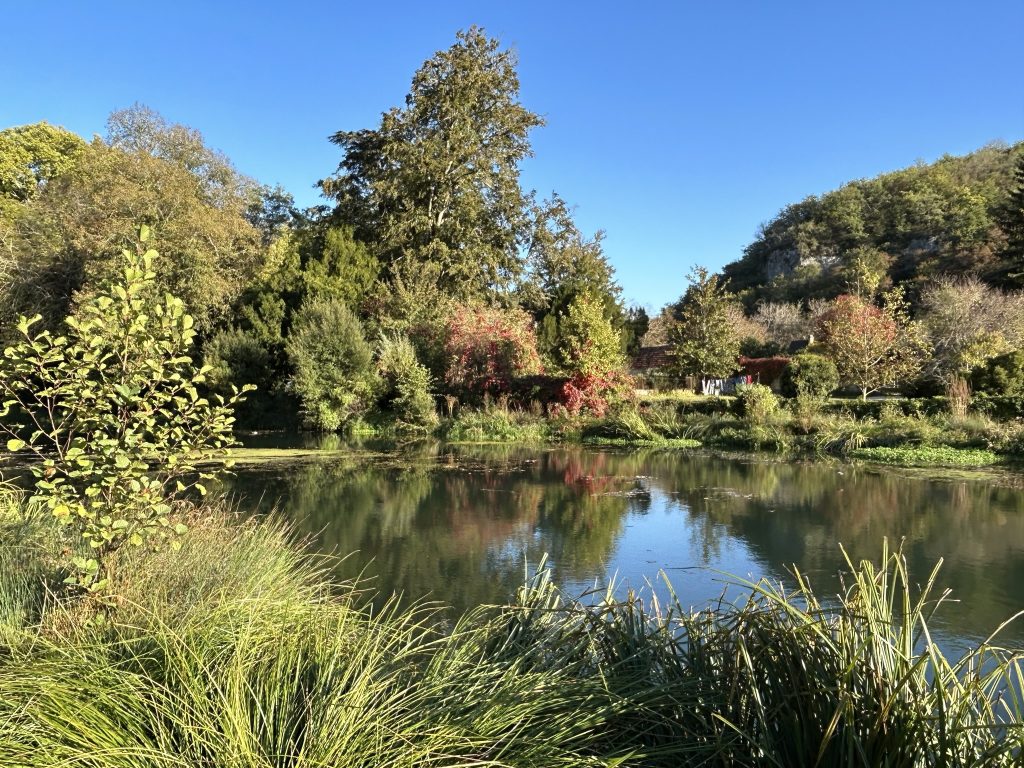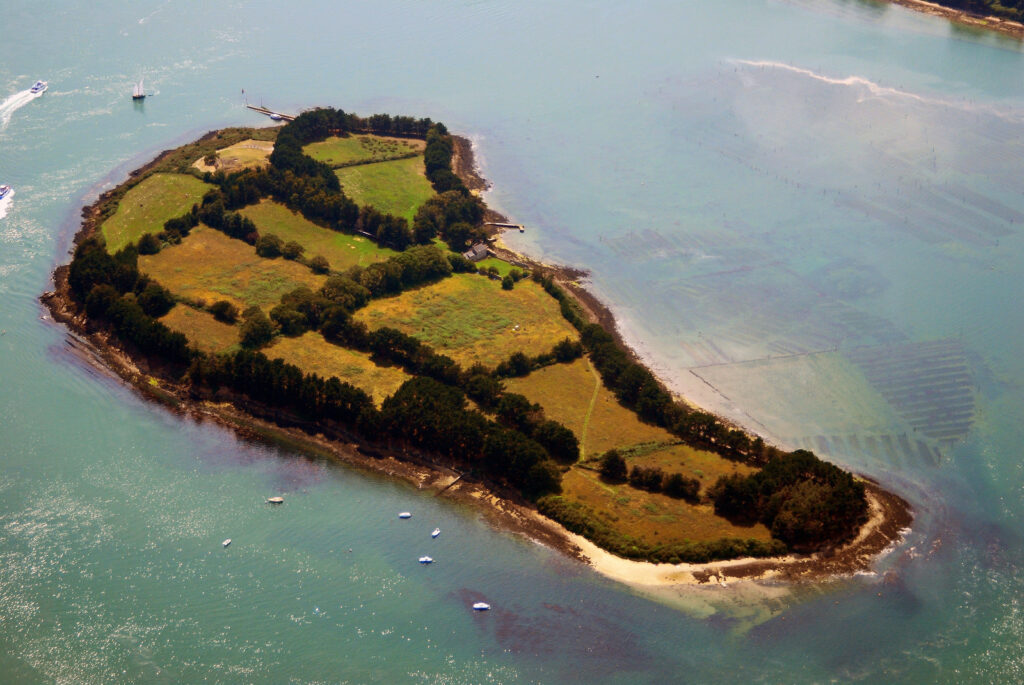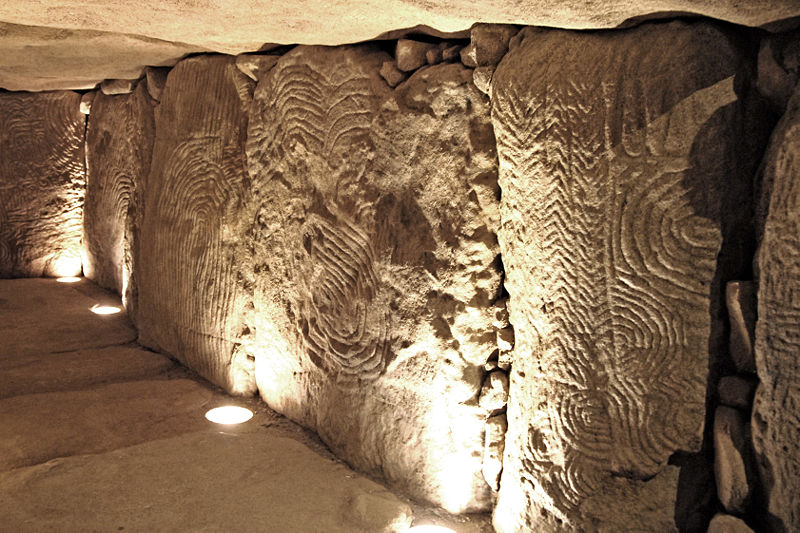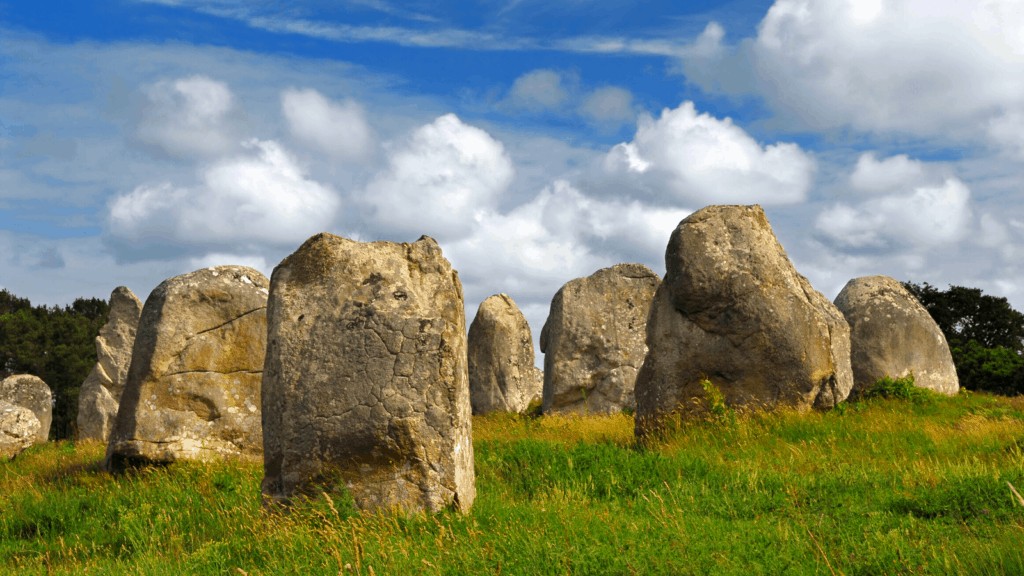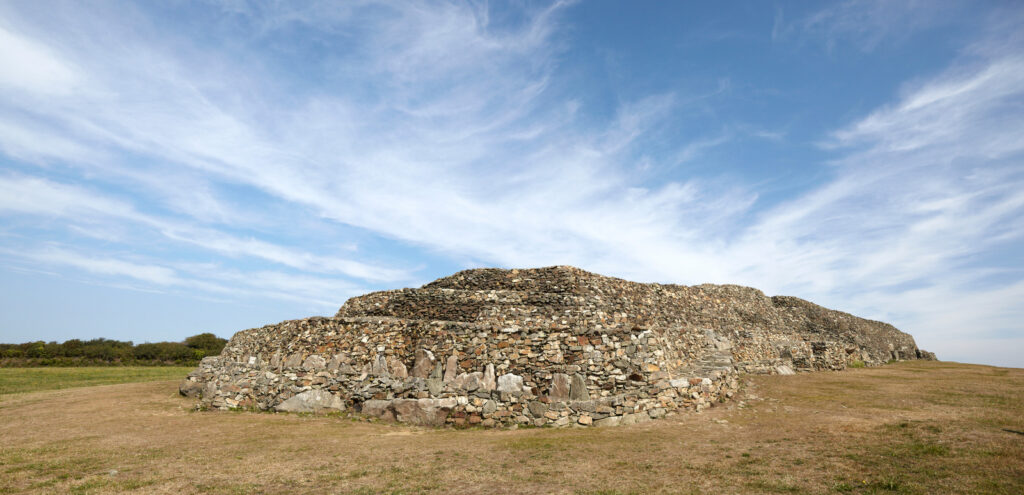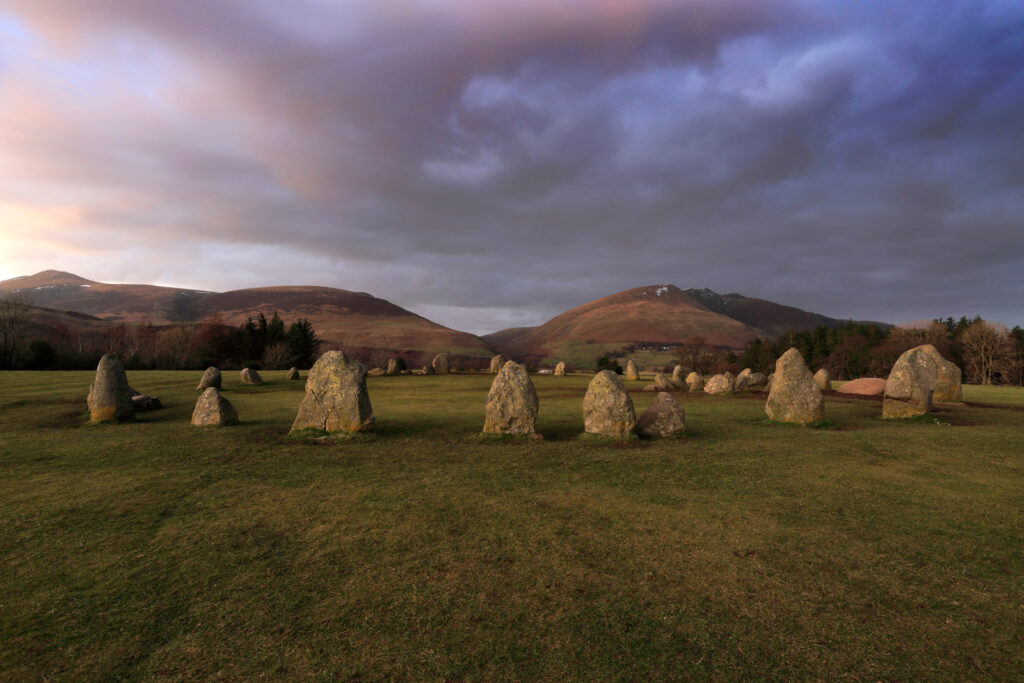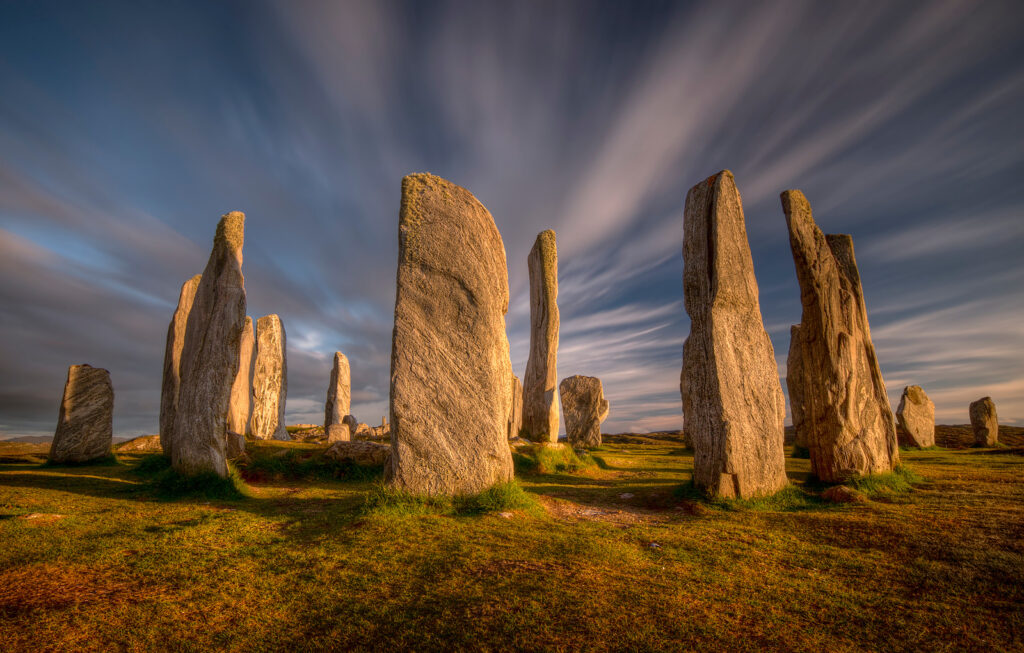Six Favorite Regions in France
Each region in France has much to offer, and over the years, I’ve traveled in just about all of them.
But if I had to narrow down my choices to just six different regions that I recommend to artsy-inclined travelers, I’d choose Normandy, Brittany, the Loire, the Dordogne, Provence/Côte d’Azur, and of course, Paris.
This post presents an overview of my six favorite regions to visit in France with links to more detailed posts.
If you want to fully explore these regions, consider renting a car. My post on Driving in Europe gives you some pointers gleaned from our three decades of experience exploring Europe by car.
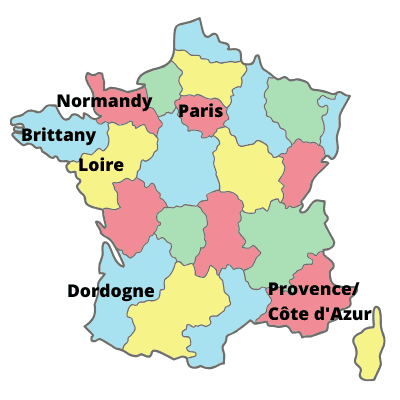
Normandy
Rolling fields, picture-perfect villages, and searing World War II history make Normandy in northern France an awesome destination.
I lived for two months at an artist-in-residence place in the Perche region of Normandy a few years ago. When my husband, artist Gregg Simpson, and I weren’t being artists/writers in residence, we spent several happy days exploring this under-touristed area.
Favorite Places in Normandy
The Perche Region
This far-off-the-beaten-track area has no big sites, but the countryside is lovely. Take a detour through it while driving up to the coast.
World War II Beaches
As a Canadian, I was moved by the museum at Juno Beach where Canadian troops landed on D-Day. You should also visit the Caen Memorial Museum, which is considered the best World War II museum in France. I found it fascinating.
Honfleur and the Satie Museum
Honfleur is a mecca for artists with lots of galleries and beautiful architecture. Linger at a cafe in the harbor and then don’t miss the quirky Satie Museum–an artsy-traveler must-see.
Bayeux and the Bayeux tapestry
The clever way in which the tapestry is exhibited is almost as captivating as the tapestry itself. And the town of Bayeux is just delightful. Plan to spend at least half a day exploring.
Mont St. Michel
It’s crowded and touristy, but go in the late afternoon to enjoy the sunset after the crowds leave.
Étretat
These stunning white chalk cliffs were a favorite of Monet and other Impressionist painters. Wander along the cliff tops of this incredible coastline and marvel at the fascinating shapes sculpted by the wind.
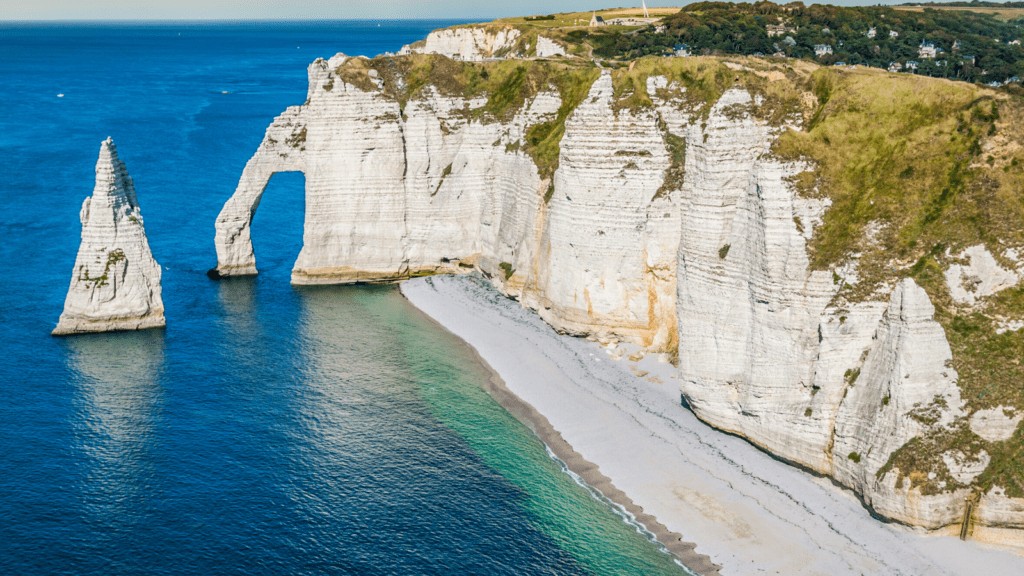
If you’re not driving, consider visiting Normandy on a guided tour from Paris. Tours include the Normandy D-Day Beaches and the Abbaye du Mont Saint-Michel.
For more details about what to see and do in Normandy, see Top Normandy Sights for Art & History Lovers. I also include Honfleur on the Normandy coast in my post on 17 Awesome Places in France You Might Not Know.
Brittany
I adore Brittany. Every time I visit the area, I say We really ought to spend more time in Brittany.
I recommend visiting Brittany in the summer when the weather is pleasantly warm rather than torrid like it is farther south. Beautiful sandy beaches vie for your attention with craggy coves and spectacular rock formations.
Favorite Places in Brittany
Rennes
This charming town with its half-timbered houses is a real delight. Stay the night and enjoy wandering around its virtually empty and picturesque streets.
Pont-Aven
This charming village is a pilgrimmage destination for art lovers. In the 1880s, it was a mecca for such notable artists as Gauguin and Serusier. Walk in their footsteps in the Bois d’Amour (the Wood of Love) and see why they loved the area so much. I recently spent a week there; check out my post: Savoring Life in Pont-Aven: City of Artists.
Cote de Granit-Rose
This rugged coastline in northern Brittanny is a photographer’s dreamscape. Stay a few days to enjoy the seaside and the fabulously shaped rocks.
Carnac and other prehistory sites
Brittany is home to France’s most concentrated collection of Celtic and prehistoric sites. Standing stones abound in this history-steeped region. Check out my post on Prehistory Sites in Europe that includes several places in Brittany.
Saint-Malo
This walled town recently made famous by All The Light We Cannot See makes a great home base for exploring the northern coast.
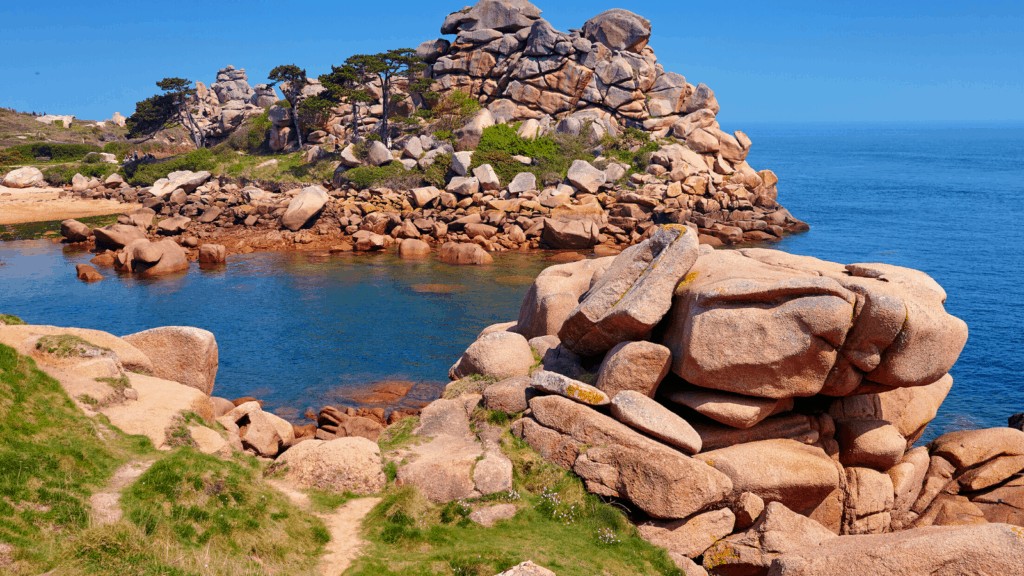
Consider at least a week’s stay in Brittany, or better still, three or four days on the north coast around Trégastel and three or four days on the south coast near Carnac.
The Loire Valley
Châteaux are exceedingly thick on the ground in the Loire Valley thanks to the Loire Atlantique region being the playground for the kings of France until kings rather suddenly went out of fashion.
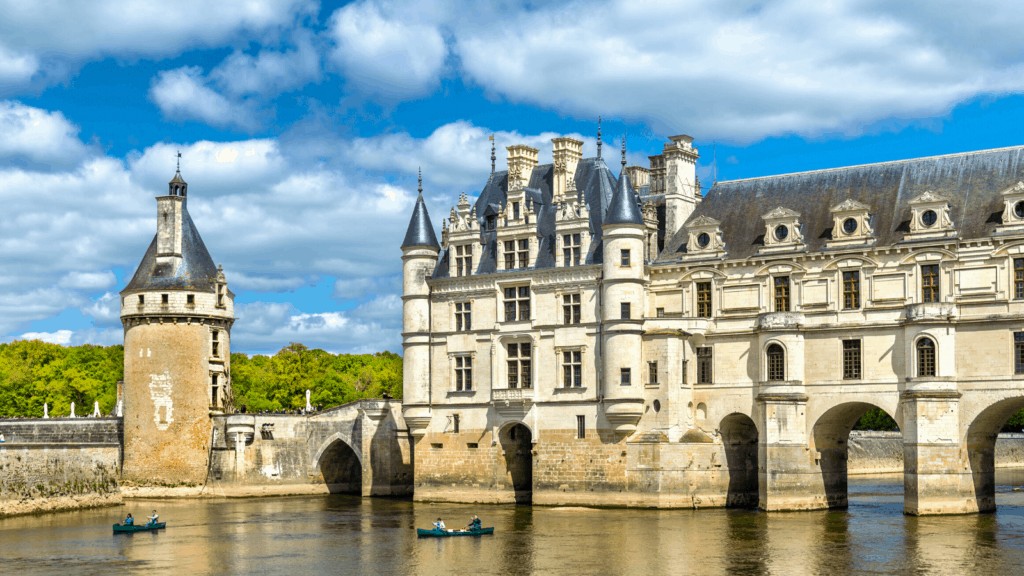
Favorite Places in the Loire Valley
Spend a week here to tour not only the big (and crowded) blockbuster châteaux like Chambord and Chenonceau, but also the more intimate, even quirky ones like Villandry and Azay-Le-Rideau.
Rochemenier Cave Village (Rochemenier Village Troglodytique)
Visit the cave dwelling village museum to discover the underground houses inhabited for centuries. This place is amazing!
Château de Chenonceau
It’s hard to choose the most beautiful chateau in the Loire Valley, but Chenonceau with its graceful arches spanning the River Cher is definitely a contender.
Château de Chambord
This is the largest chateau in the Loire and also the most crowded. It’s definitely impressive, but go early or late in the day.
Château Azay-le-Rideau
This is one of my favorite chateaux in the Loire Valley. It’s incredibly photogenic!
Chinon
Registered as a UNESCO World Heritage Site, Chinon makes a great home base for exploring the eastern Loire Valley, and it also famous for its wine, castle, and historic town.
Chartres Cathedral
The cathedral has incredible stained glass windows. Visit on a day trip from Paris or en route to the chateaux in the Loire Valley.
In addition to châteaux-hopping, consider an extended stay in the Loire Valley because, let’s face it, the region is drop-dead gorgeous. Rent a bike or go on a walking tour to immerse yourself in the fairy tale landscape. Also, the food in the Loire is exceptional (and that’s saying something!).
If your time is limited, consider a day trip from Paris to tour at least a few of the châteaux.
The Dordogne Valley
The Dordogne is an excellent choice for two reasons: prehistoric caves and amazing food. Spend at least a week exploring the beautiful towns and villages of this interesting region of France.
Favorite Places in the Dordogne Region
Les Eyzies
This charming little town is home to the National Museum of Prehistory, a must-see if you’re interested in the prehistoric history of the Dordogne.
Lascaux IV
Don’t miss the cave art sites scattered throughout the region including the super-famous (and justifiably so) Caves of Lascaux. I write about them in more depth in my post on Prehistory Sites in Europe and Why Visit Lascaux in the Stunning Dordogne.
Montignac
The charming village of Montignac near Lascaux makes an excellent home base for exploring the area.
Sarlat-la-Canéda
This medieval town hosts an indoor food market, and a glass elevator in the bell tower offers city views. Wander around its ancient streets in the early morning to catch the sunshine bouncing off the yellow sandstone buildings.
Bergerac
Famous for its vineyards and old town center, Bergerac is close to fortified medieval towns called bastides, with Monpazier and Eymet. being particularly noteworthy examples.
If you have a hankering for gorgeous scenery mixed with compelling prehistory sightseeing followed by long, slow dinners where duck often plays a role, then meander down to the Dordogne.
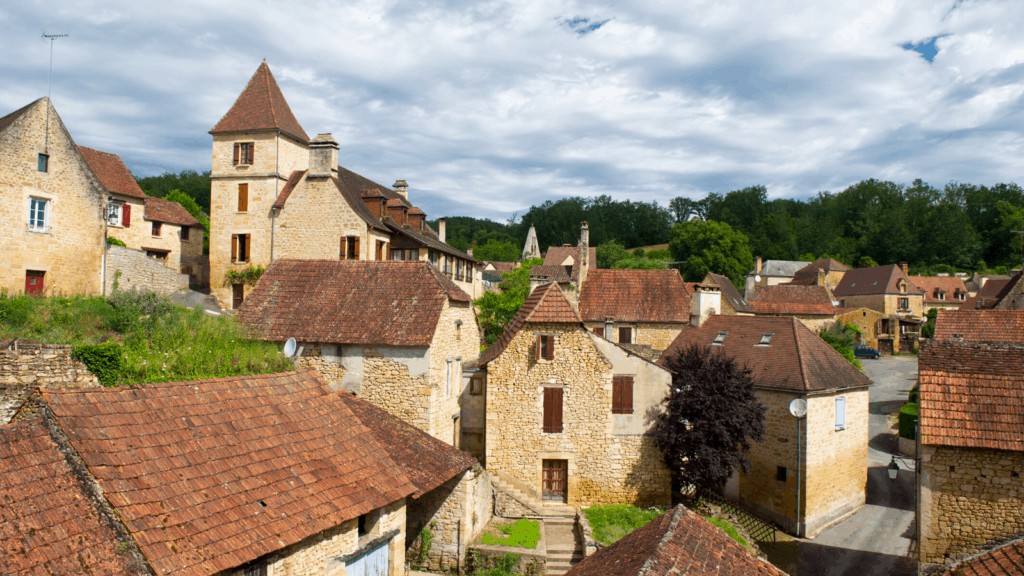
Provence
I dare you to say Provence without sighing!
Ah, Provence! See?
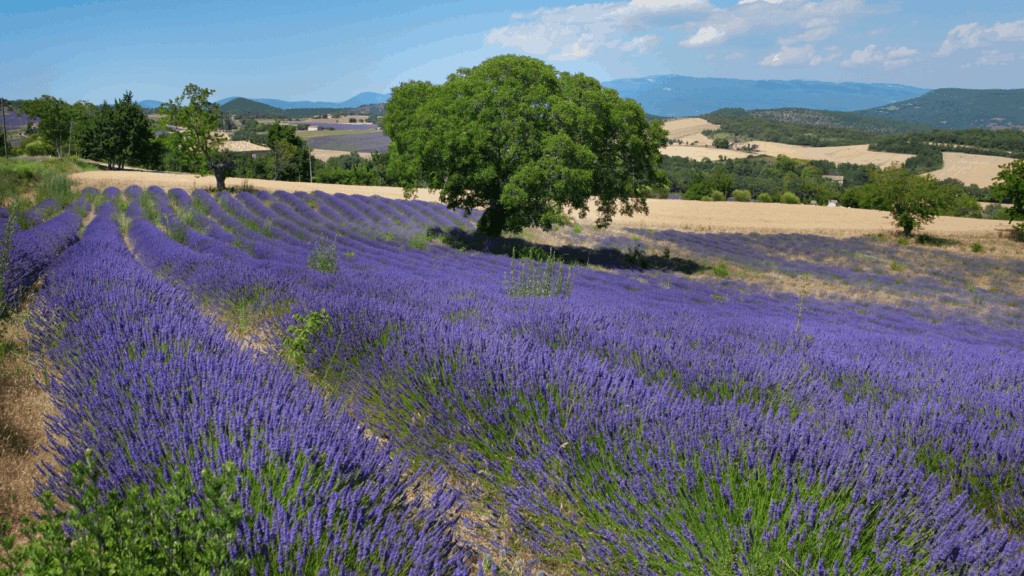
Like Tuscany, Provence has earned its reputation as one of Europe’s most beautiful regions. Settle in for a good long visit to discover why so many artists made their homes here (Picasso, van Gogh, Renoir, Cezanne, Lèger, Matisse, and I’m sure I’m forgetting a bunch).
I think it has a lot to do with the light. Every time Gregg and I visit Provence, Gregg is inspired by the unique way in which light floods a landscape of sharp contrasts—soft greens and lavenders, hard whites and ochers, startling blues.
Favorite Places in Provence
Luberon
This is still one of my favorite regions of Provence. Don’t miss Roussillon with its ocher cliffs, along with the hill towns Bonnieux and Gordes. In recent years, the Luberon has become rather “chichi”, as in scores of well-heeled people driving nice cars and living in lavender-coated villas, but the food is still wonderful, the weather warm, and the landscape stunning.
Avignon
The Pope’s Palace in Avignon is a lot of fun to explore. The last time I was there, a Picasso exhibition was on. Before you go, check to see if any special art exhibitions are featured.
Fondation Maeght
Nestled in the hills near Saint Paul-de-Vence above Cannes, this charming place is one of my favorite small art museums in Europe. Read about it in my post on Top Ten Modern Art Museums in Europe.
Arles
Van Gogh lived here for only a few months but that was enough to put Arles on the map for art lovers. It’s a delightful town, worth a few days of your time to just kick back, relax, and enjoy the ambiance.
Aix-en-Provence
Home of Cezanne, Aix-en-Provence is a great place to kick back and spend a week. Don’t miss the wonderful Hotel de Caumont Art Center which almost always has excellent art exhibitions, drive out to Chateau La Coste and wander around the vineyards and forest paths to look at striking modern sculpture, and drop into the Fondation Vasarely to see Vasarely’s geometric masterpieces.
Gorges du Verdon
Provence is a region of mountains with many tiny, twisty roads leading up into the Alpes Maritimes and into the French Alps. Take some time to explore the rugged Gorges du Verdon.
The French Riviera
Spend at least some of your time with the beautiful people. Cannes is a good choice for a home base.
Another central option is Nice, or my favorite, Menton, which is very close to the Italian border.
And while you’re in the area, visit some of the many single-artist museums such as the Fondation Leger in Biot and the Matisse Museum in Nice.
Provence is big enough to deserve a two-week stay, or at least a week divided in two. I suggest enjoying the stunning countryside in the Luberon region for a week and then driving down to the French Riviera to hang with the beautiful people (and see a ton of art) while basking in the Mediterranean sun.
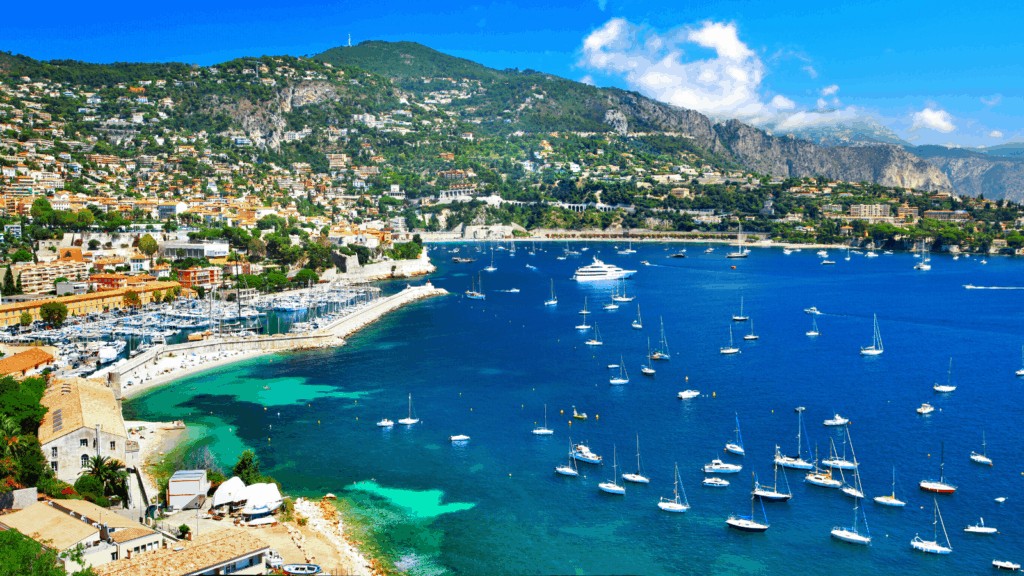
Paris and the Île de France
If you’re planning your first visit to France, Paris will likely be on your itinerary. It’s a must-see city in Europe if you are in any way artsy inclined.
Paris is home to dozens of art museums and galleries in addition to the big-ticket sights like the Eiffel Tower (go early or late to avoid the crowds), the Arc de Triomphe, and the Champs-Élysées.
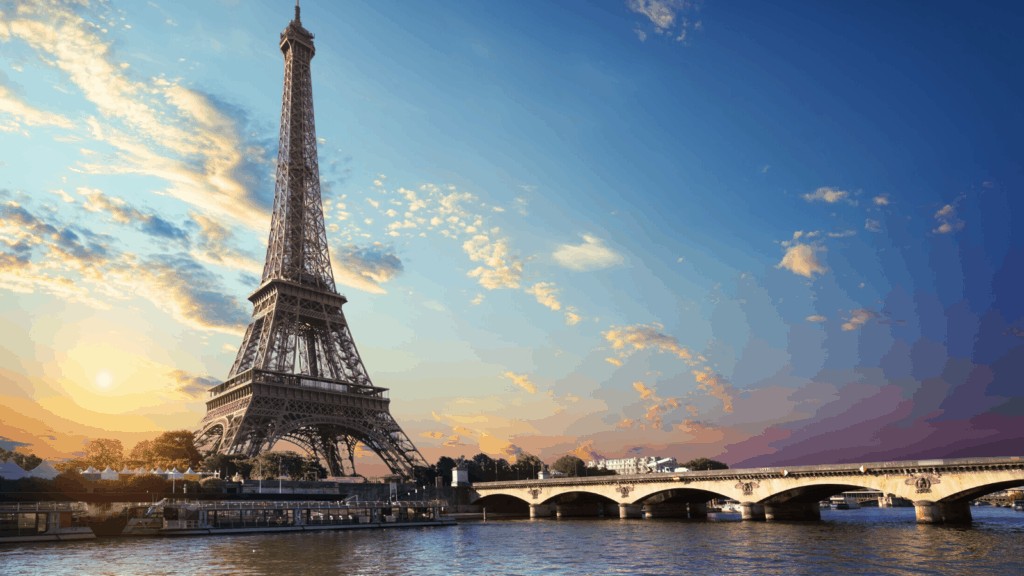
To truly appreciate Paris, rent an apartment and settle in for the long haul. For the entire month of March one year, Gregg and I stayed in an apartment in Montparnasse. He spent his mornings painting and I spent my mornings writing, and then we set out almost every afternoon to explore the artsy delights of Paris.
Favorite Places in Paris and the Île de France
Musée d’Orsay
With its world renowned collection of paintings from the late 19th century, the Musée d’Orsay is a who’s who of famous painters: Van Gogh, Monet, Manet, Morisot, Renoir, Gauguin… You name it!
This museum is always on my must-see list every time I visit Paris.
L’Orangerie
Here’s where you’ll see Monet’s waterlily paintings. The experience of walking through the two rooms surrounded by his tranquil and very large paintings is sublime.
Luxembourg Gardens
This is Paris’s playground that many visitors never see. Go there to relax and people watch.
Musée Cluny
I adore medieval art and the collection at the Cluny AKA the Musée national du Moyen Âge is one of the world’s best. Don’t miss the Lady and the Unicorn Tapestries.
Pompidou
For early to mid-20th century modern art, there’s few better places then the Centre Pompidou. Check out iconic works by Miro, Dali, Ernst, Pollock, and a lot more. It’s a treasure trove!
Île de France
There’s lots to see in a day trip from Paris including Versailles (the gardens go on forever and the Hall of Mirrors is jaw-dropping), Monet’s gardens at Giverney, and the chateau and forest of Fontainebleau where artists of the Barbizon school back in the 19th century did a lot of plein air painting.
I’ve never ran out of things to see in Paris. In fact, a stopover in Paris has been on my itinerary for almost all of our dozen-plus trips to Europe.
Here are some suggestions for things to see, skip-the-line tickets, and tours in Paris.
Other Regions in France
I’ve limited myself to just six of the best regions to visit in France (in my opinion!), but if you have the time, there’s a lot more to explore. Every region in France has a great deal to offer.
In Eastern France, tour the Alsace region, pop into lovely Strasbourg, take a canal trip in Burgundy (check out the wine route!), and visit Dijon with its half-timbered buildings and great food.
While touring Southeast France, check out the Alps, with Mont Blanc a highlight.
In Western France, don’t miss Bordeaux, Bayonne (the Basque Museum is marvelous), Biarritz, and Toulouse, then venture down to the Pyrenees.
Also check out the walled city of Carcassone (go early or late to avoid crowds) and Albi, famous for the Toulouse-Lautrec Museum.
And on your way to Provence, explore the Auvergne in central France and then stop by charming Lyon where you’ll find lots to see and a wonderful culinary tradition.
Conclusion
What is your favorite region in France? Share your suggestions for other artsy travelers in the comments below.


